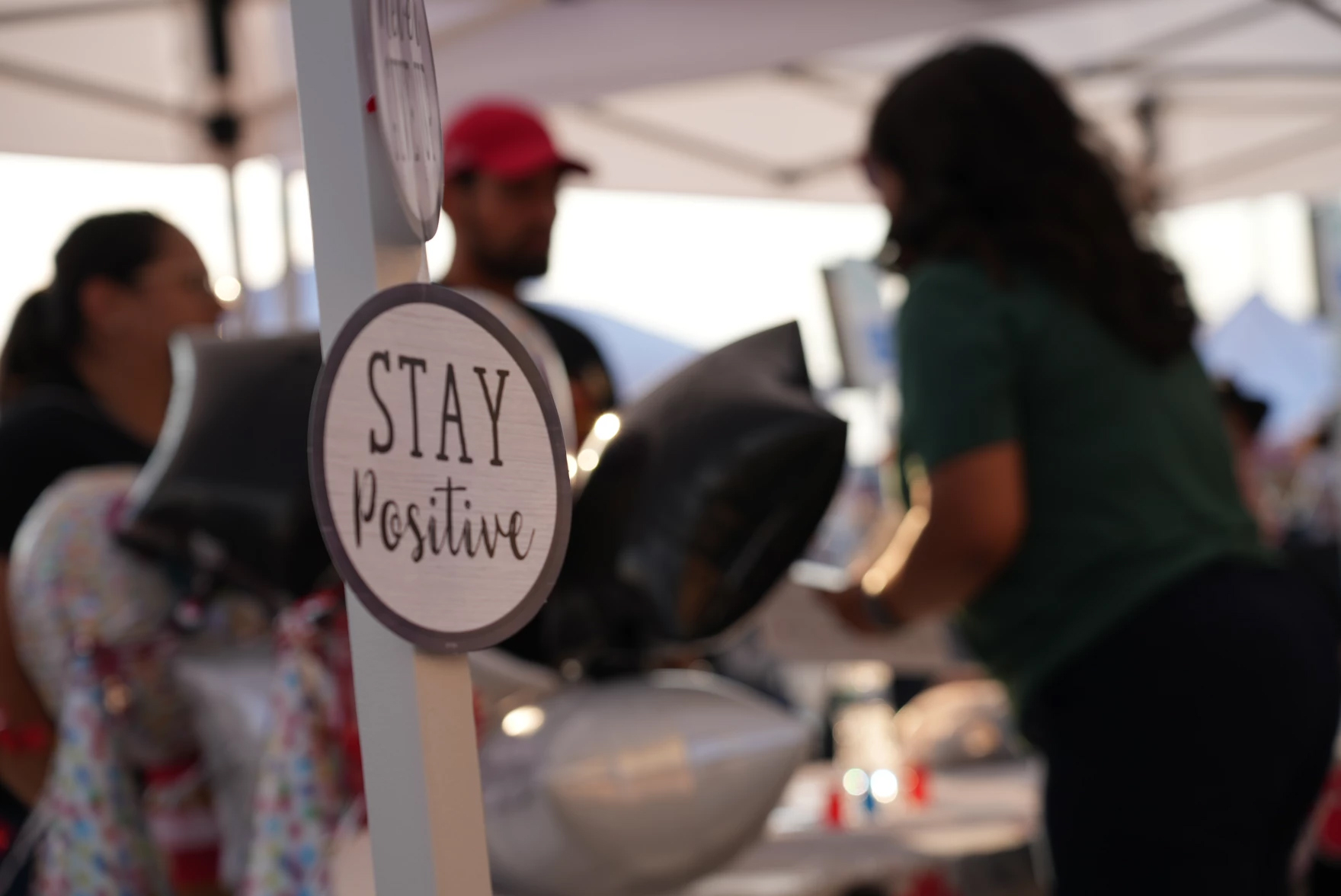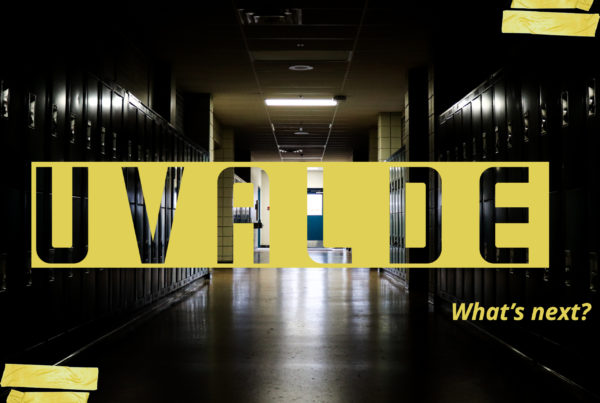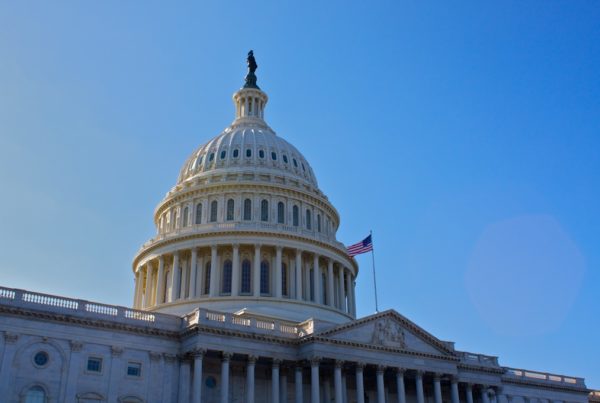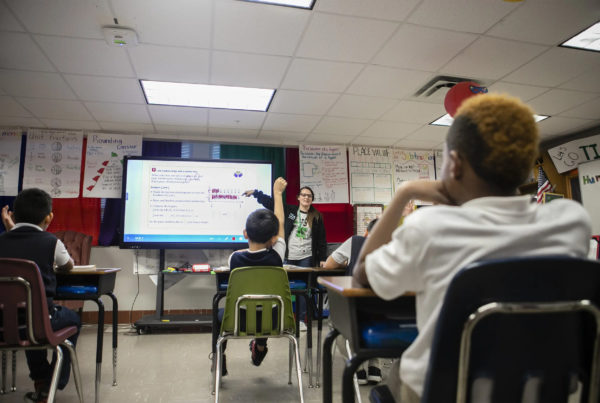From Texas Public Radio:
COVID-19 seemed to be pretty far in the back of everyone’s mind at a back-to-school block party held by Judson ISD, a suburban school district just outside San Antonio.
There were free hot dogs, a number of performances, resources for parents, and families mingling all around.
But if you asked, worries about COVID are still there.
“Yes, and monkeypox. That’s happening too now,” said Mike Poteet. His children are going to pre-k and kindergarten.
While he admits to worrying about them getting COVID, he doesn’t feel like he can really do anything to protect them.
“Realistically, if they’re going into the classroom, you can’t,” he said. “You do what you can outside of that but that’s going to be the new norm going forward.”
That dad is right about COVID being a new norm, said Dr. Tess Barton, an Associate Professor of Pediatric Infectious Diseases at UT Health San Antonio.
“I think we’re moving into the point in the pandemic where this virus is circulating so widely and mutating and changing so frequently that we and so many people have already had it,” she said. “I think we’re reaching an endemic point where this is just a virus that’s going to be circulating pretty regularly,” she said.
The CDC used similar reasoning when it relaxed its guidelines for schools last week, eliminating the recommendation that everyone exposed to a person who’s tested positive for COVID go home and quarantine.
What do they do instead?
“They remain masked and test for the five days and monitor for symptoms,” said Toni Thompson, the Associate Superintendent of Human Resources at San Antonio ISD.
Thompson said the new guidance will keep more uninfected students and staff in school, which she says is a good thing.
“But staff members – nurses in particular – will also have to monitor closely and carefully so that if any high risk exposure student develops symptoms, we can quickly move them out, make sure they get tested, and make sure that they’re okay,” she said.
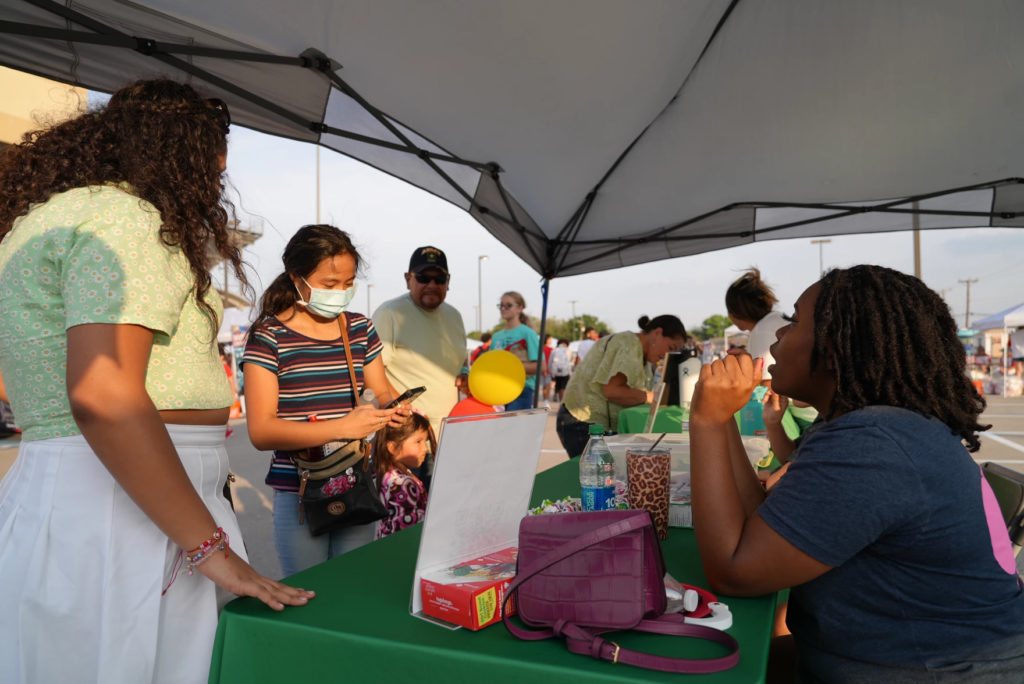
A back-to-school fair was held by Judson ISD ahead of the start of the 2022 school year.
The district is preparing for the possibility that they’ll see a lot of cases early in the school year, because the dominant COVID variant right now, BA.5, is extremely contagious.
Dr. Barton said families need to prepare themselves for infected kids to bring the virus home and potentially spread it around. Who in their circle will need extra protection?
“Is it the high risk person, the person with cancer or diabetes or elderly or something like that? Or is it the person who can’t miss work?” she said. “Because if they miss a week of work because of COVID and being in isolation, or are they going to not be able to pay the bills that month?”
Barton said the calculus will be different for every family, but that everyone who can be vaccinated should be vaccinated, those who qualify for boosters should get them, and everyone should still be wearing masks indoors.
At SAISD, Thompson said neither vaccines nor masks are required but they are strongly recommended. She said they are part of the trifecta of protection.
“The vaccinations are the strongest mitigators. That’s mitigator, number one. The second one would be wearing masks. And the third would be for them to be willing to have their children participate in regular COVID testing.”
Thompson said, for their part, the district uses MERV-13 air filters in all of its buildings, which – according to the EPA – can trap smaller particles that float through the air, including viruses, and is very serious about regularly sanitizing classrooms and everything in them, especially after someone has tested positive for COVID.
And what about monkeypox? Dr. Barton said kids are at low risk for picking up that virus at school.
“This virus is primarily spread through very close physical contact, intimate contact, you know, kissing, hugging or contact with, you know, beddings or laundry of somebody who has active lesions,” Barton said.
Right now, monkeypox does not appear to be a big threat to kids during the course of a regular school day, but Thompson said if that changes, the last two pandemic school years have taught them they will find a way to manage it.


